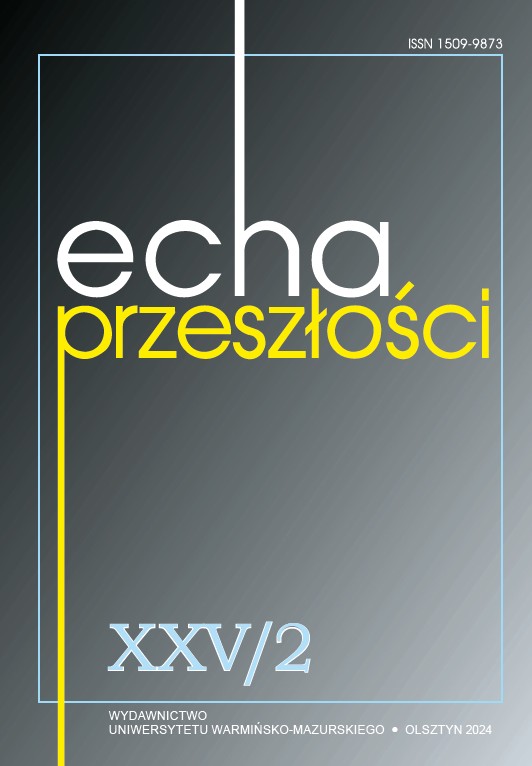Historical formation of border regions in the context of the transformation of the modern world order
Historical formation of border regions in the context of the transformation of the modern world order
Author(s): Teresa Astramowicz-Leyk, Tetyana Nagornyak, Ihor OzadovskyiSubject(s): Political history, Social history
Published by: Wydawnictwo Uniwersytetu Warmińsko-Mazurskiego w Olsztynie
Keywords: world order; border regions; frontier; Catalonia; Bavaria; Donbas; Chechnya; Crimea;
Summary/Abstract: Border regions are formed in different spatiotemporal continua and under different initialconditions, where historical factors play the most important role. As a result, these territories are nothomogeneous in terms of their character, essence, self-identification, and aspirations. The features ofmodern border regions have evolved under the influence of geographic, economic, and political factors,as well as migration processes. In this study, attempts were made to classify border regions and to ana-lyze the history and development prospects of these areas as constituent elements of sovereign states.In the group of the examined factors, the main focus was placed on the historical discourse concerningthe formation of these territories, their present development, the influence exerted by their respectivestates, and the interactions with these states. The novelty of the presented research stems from the factthat it classifies modern border regions into three types. The first type includes self-sufficient regionswhich fostered the development of political nations with a high economic potential, symbolic capital, andstable political institutions. These territories could probably evolve into independent states and, underfavorable economic and political conditions, could destabilize their respective countries. The secondcategory of border regions are monoethnic regions with a strong ethnic and religious identity. Due toresource scarcity, these areas are dependent on external funding (both from their respective countriesand other states) and could become hotbeds of international conflict. The third type of border regionsare territories situated along geographic boundaries, where ethnic or civic identity has not evolved. Theseareas are vulnerable to external influence, and they are regarded as risk zones that are unable to achieveindependence, but can destabilize states whose boundaries overlap these territories.
Journal: Echa Przeszłości
- Issue Year: XXV/2024
- Issue No: 2
- Page Range: 175-192
- Page Count: 18
- Language: English

